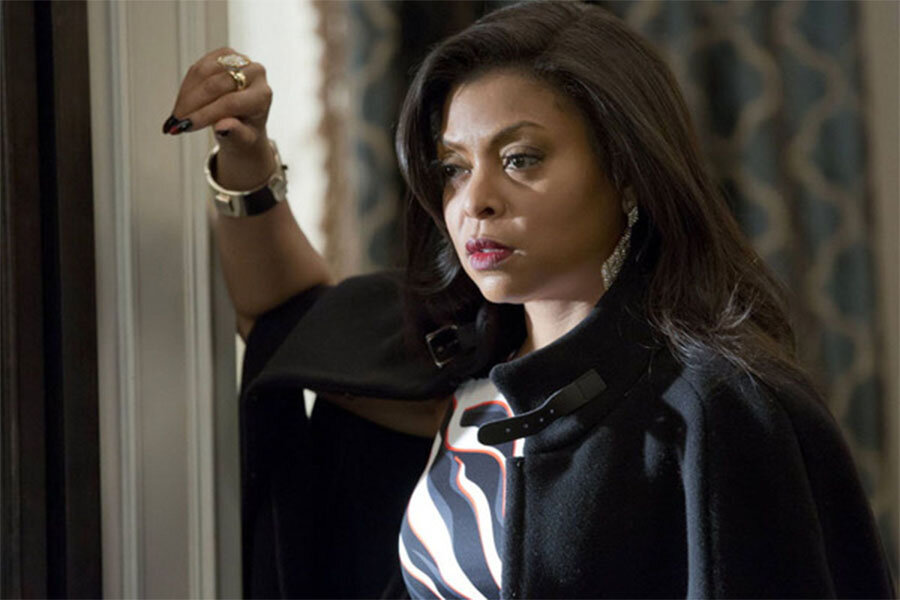How diversity on broadcast TV improved in 2015
Loading...
As racial and ethnic diversity in all aspects of entertainment – or the lack thereof – continues to stir discussion, one part of the industry recently made improvements.
According to a GLAAD report, racial and ethnic diversity on broadcast television programs airing during primetime increased for the 2015-2016 season, with people of color making up 33 percent of series regulars on broadcast TV. Not only is that an increase from the 2014-2015 TV season, when it was at 27 percent, but it’s a 10 point increase from only two years ago.
Of particular note was the number of black series regular characters on broadcast TV, which is the highest it’s been since GLAAD began looking at the data 11 years ago.
“It seems that networks are finally making serious strides towards more diverse representations,” GLAAD says in its report.
NBC performed the best of the major networks (which also include ABC, CBS, Fox, and the CW), with GLAAD pointing to the addition of new shows “Superstore,” “Shades of Blue,” and “Telenovela” as having helped the network reach this status. “Superstore” stars actress America Ferrera, while “Blue” stars Jennifer Lopez and “Telenovela” stars Eva Longoria.
Comparisons to cable or streaming shows are not available, but some programs from each category such as HBO’s “Ballers” and Netflix’s “Orange Is the New Black” have received praise for their diversity.
The statistics on broadcast TV arrive as many continue to call for more diversity in all areas of entertainment. Last year, for example, there was an outcry when all the acting nominees for the 2015 Oscars were white.
Earlier this year, actress Viola Davis became the first black actress to win the Emmy Award for best actress in a drama for her work on the ABC show “How to Get Away with Murder.”
Ross Brown, who served as a writer on sitcoms including "The Cosby Show," remembers when “Cosby” brought change to the TV landscape in the 1980s. “Cosby” centers on an African-American family living in Brooklyn.
“I think the enormous success of 'The Cosby Show' opened the door for so many things,” says Mr. Brown, who is now an associate professor of film and media arts at California’s Chapman University.
One major development in the last year that Brown points to is the Fox show “Empire,” which centers on an African-American family working in the music business. The show became a ratings smash when it premiered this past January and got bigger as time went on. “You can't ignore the success of 'Empire,’” he says.
What speaks the most when it comes to diversity? A successful show, Brown says.
“The conversation about diversity has been going on for decades now,” he says. When it comes to planning shows, "these [networks] are all businesses.”
If any TV platform has a success with a diverse cast, Brown says, the reaction from everyone else in the business will be simple: “Get me the next one.”
In this area, of course, there is always farther to go. Of the change cited in the GLAAD report, Brown says, “I think there has been some improvement,” though he adds, “It's been small.”








